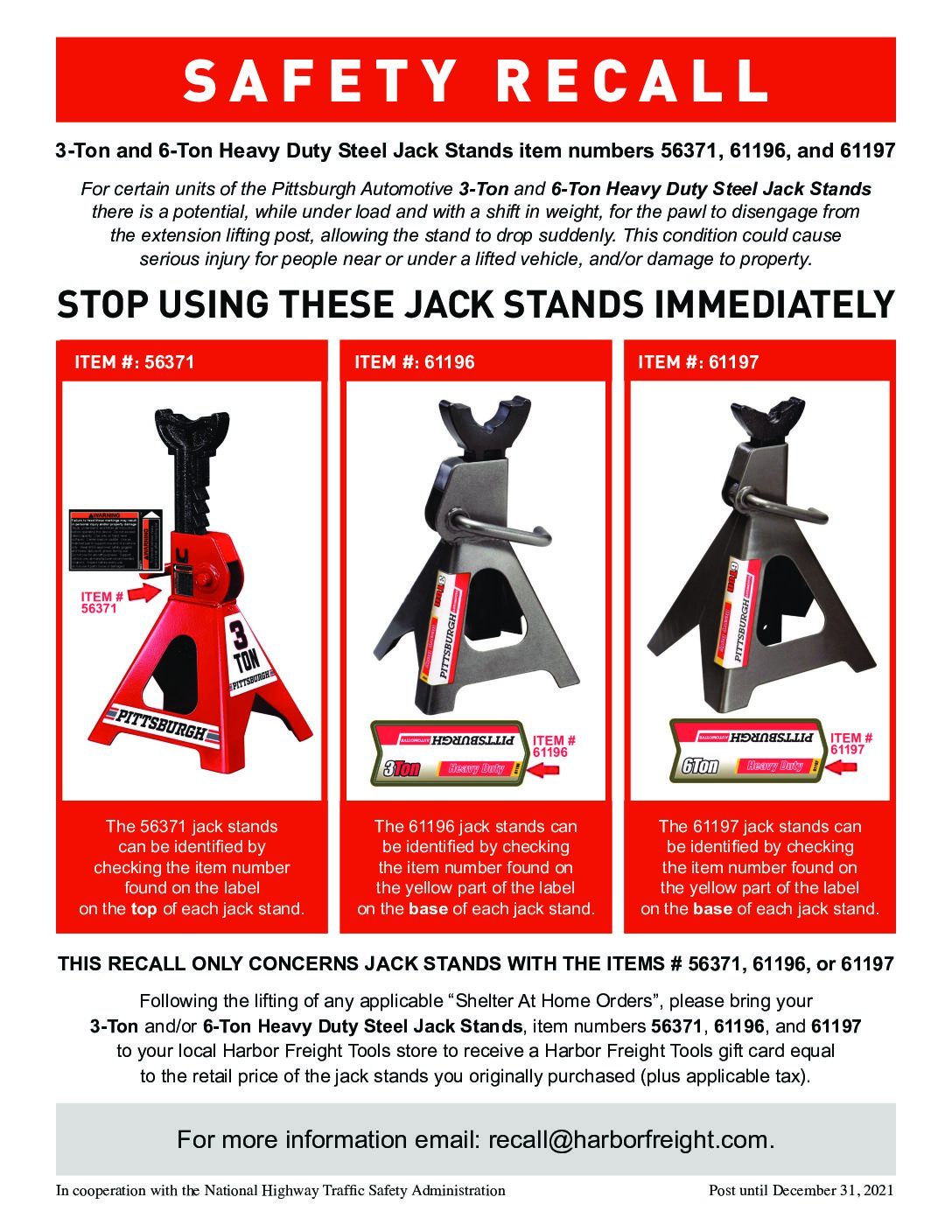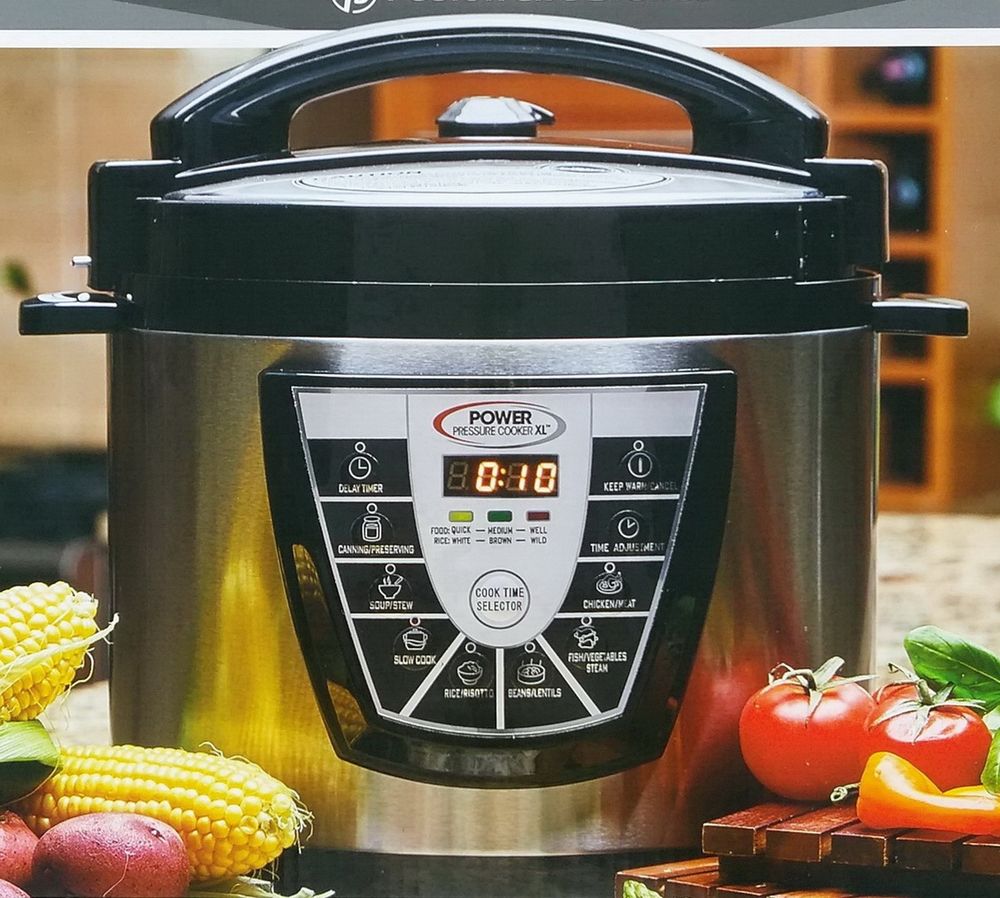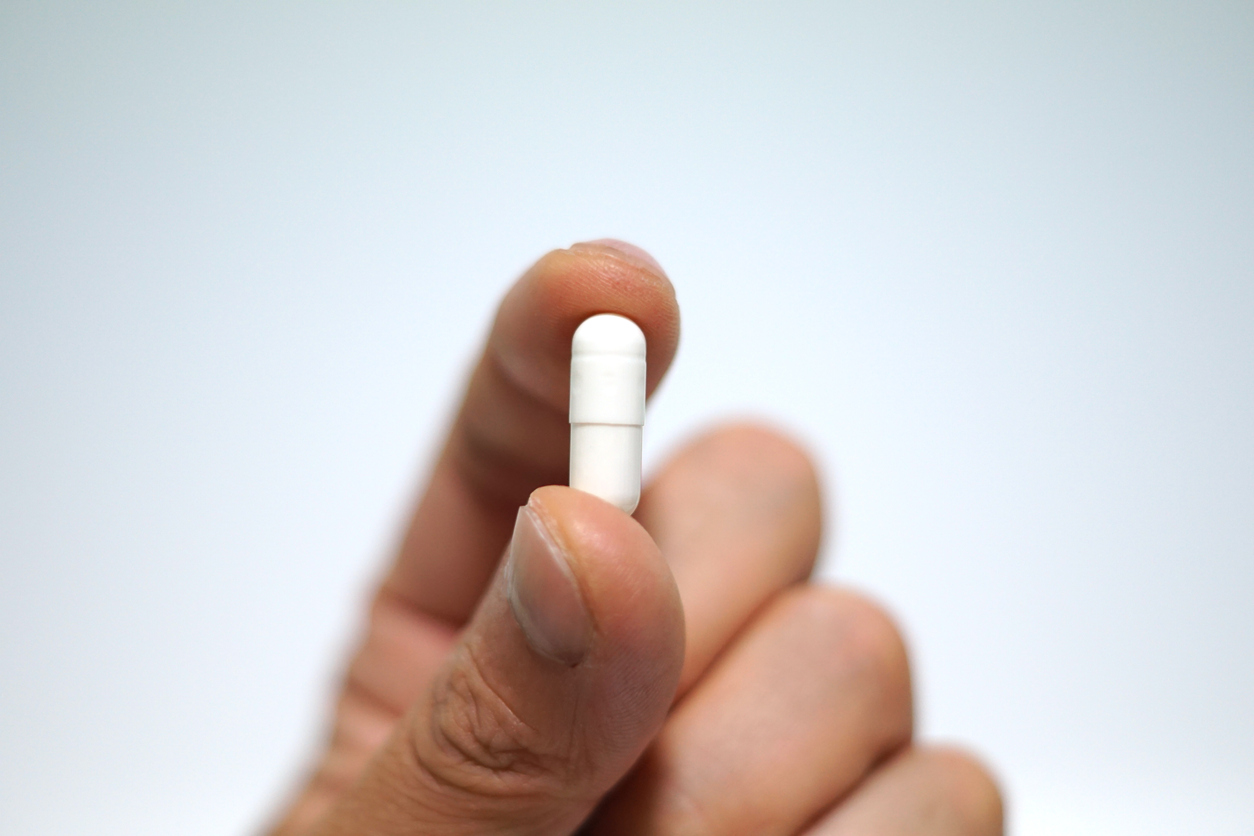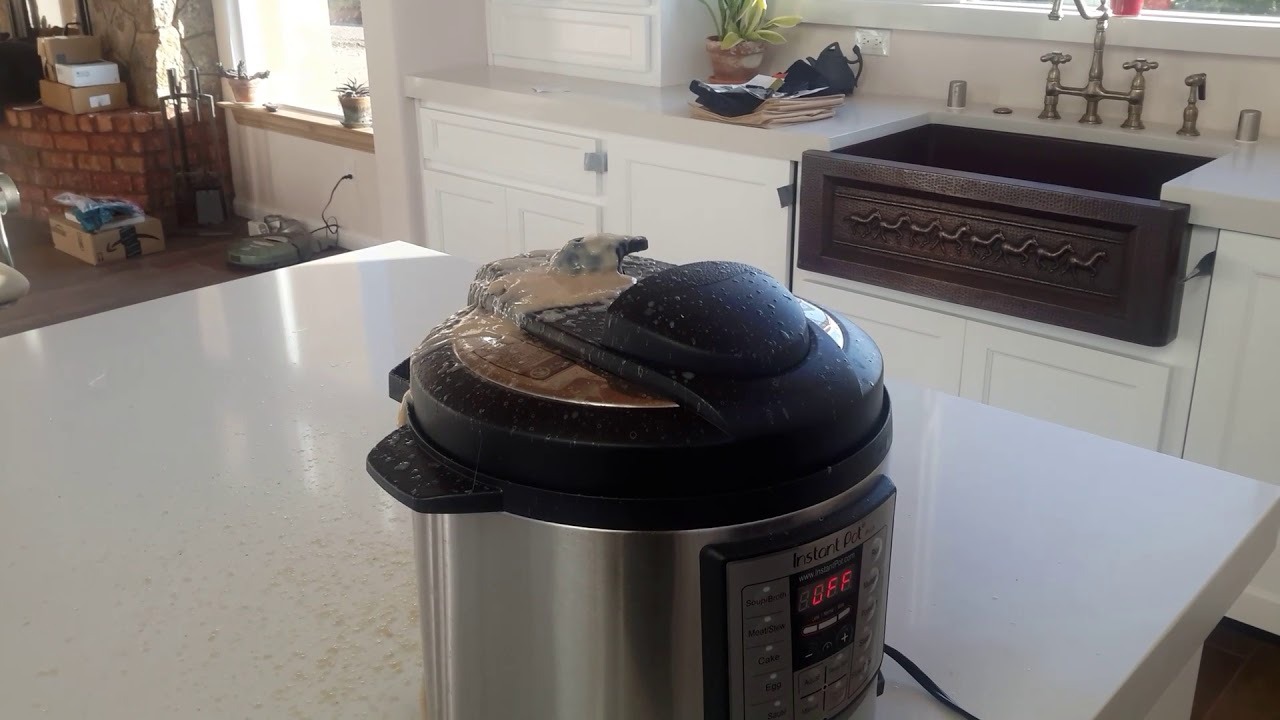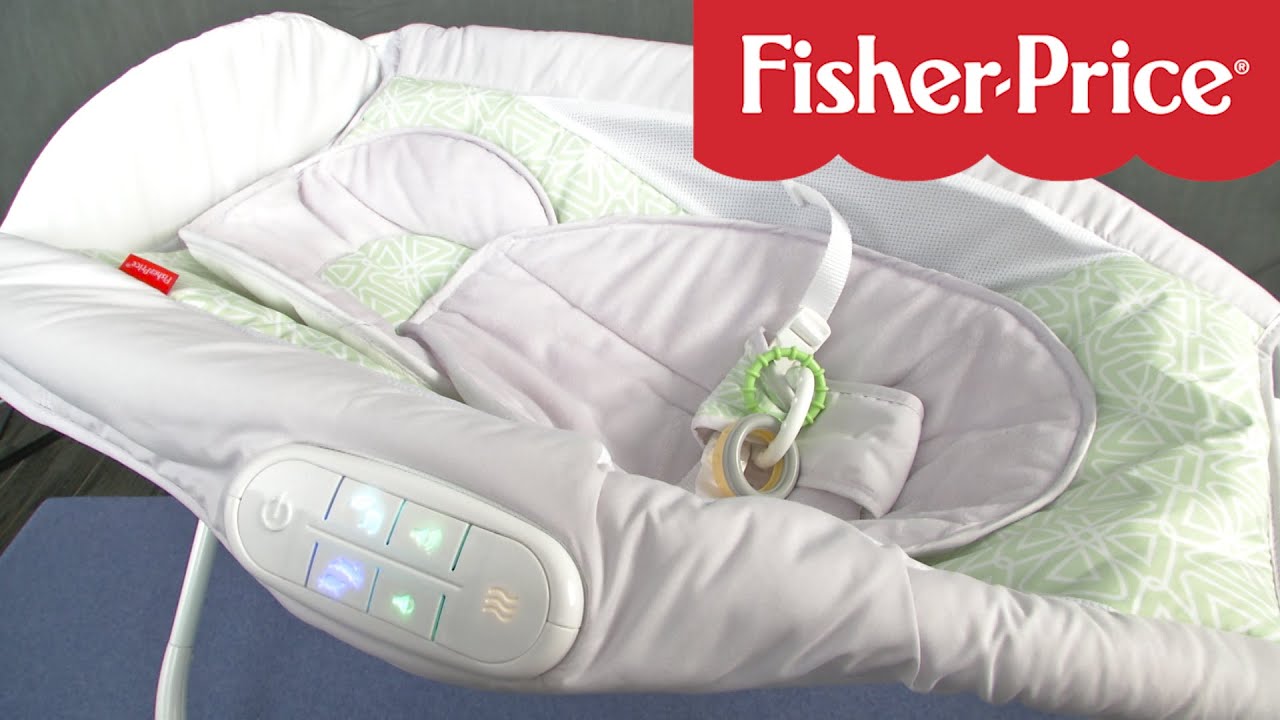
The Fisher-Price Rock ‘n Play Sleeper has been tied to at least 32 infant deaths since 2011. Yet for a time, the product still remained on the market. After a series of demands from pediatric and consumer safety organizations, Fisher-Price eventually initiated a recall in 2019.
The device in question is designed for infants to sleep on at an incline but has unfortunately led to children rolling onto their side or stomachs and suffocating. Especially in regards to infant mobility, babies are unable to nor do they have the understanding, to lift their head or push away from material that may interfere with their breathing patterns.
Furthermore, the American Academy of Pediatrics recommends that infants not be restrained and rocked to induce sleep, as the Rock ‘N Play sleeper does. It is recommended babies sleep on their backs, unrestrained and alone on a firm, flat surface in a crib, bassinet, or play yard. Additionally, babies should never be put in car seats, strollers, swing, sling, wedge, or similar products for unsupervised sleep.
Lori Feldman-Winter, M.D., a member of the AAP task force on Sudden Infant Death Syndrome (SIDS) and a professor of pediatrics at Cooper Medical School of Rowan University in Camden, N.J., said the device is not consistent with the AAP’s recommendations. The organization even took to Twitter, “The Rock ‘n Play should not be used for routine sleep; If you use the Rock ‘n Play for soothing, always strap the baby in and never leave the baby unattended.”
<blockquote class=”twitter-tweet” data-lang=”en”><p lang=”en” dir=”ltr”>Urgent <a href=”https://twitter.com/USCPSC?ref_src=twsrc%5Etfw”>@uscpsc</a> warning for parents: Stop using the <a href=”https://twitter.com/FisherPrice?ref_src=twsrc%5Etfw”>@FisherPrice</a> Rock ‘N Play by the time your baby is 3 months old or starts showing signs of rolling over. <a href=”https://twitter.com/AmerAcadPeds?ref_src=twsrc%5Etfw”>@AmerAcadPeds</a> never recommends the Rock ‘N Play for routine infant sleep. (1/2) <a href=”https://t.co/VyQsDeejLx”>https://t.co/VyQsDeejLx</a> <a href=”https://t.co/ip8JmydB6l”>pic.twitter.com/ip8JmydB6l</a></p>— HealthyChildren (@healthychildren) <a href=”https://twitter.com/healthychildren/status/1114279069120643073?ref_src=twsrc%5Etfw”>April 5, 2019</a></blockquote>
<script async src=”https://platform.twitter.com/widgets.js” charset=”utf-8″></script>
Lawsuits, medical experts, parents, product engineers, government and industry officials, and more, have been concerned about the Rock ‘N Play sleeper for quite some time. The biggest question is how, despite the concerns, it was allowed to remain on the market this entire time. It also goes to show weakness in the regulatory systems meant to protect consumers and their families from faulty products.
https://www.consumerreports.org/recalls/fisher-price-rock-n-play-sleeper-should-be-recalled-consumer-reports-says/
In an interview with Consumer Reports, Fisher-Price said the company was aware of the fatalities since its introduction in 2009. However, the company doesn’t necessarily believe its product has caused those deaths saying, “the many situations where a medical/health condition was identified as the cause of death, and/or those in which the product was clearly used in a manner contrary to the safety warnings and instructions.”
Consumer Reports did an investigation on this claim from the billion-dollar toy company owned by Mattel. While it found some infants did, in fact, have underlying medical issues, it still does not negate the concern over the product as a whole.
In 2013, a woman in Texas placed her 2-month old daughter on her back in the sleeper. She checked on her in the middle of the night, but by 7 a.m. her child has stopped breathing. The baby’s head was tilted to the side from the incline, with her chin on her shoulder. This possibly compressed her airway and she died from “positional asphyxia”.
The most recent deaths took place in Spring 2018, when a 1-month old and 9-day-old child (separately) asphyxiated in the sleeper. Some parents have narrowly escaped the loss of their child, but been traumatized by the event of finding them unable to breathe. A grandmother in South Carolina found her grandson “blue and lifeless” after being in the device, though he is in good condition now.
The Consumer Product and Safety Commission previously issued a warning about infant deaths and rocking sleepers in May 2018. Yet, it wasn’t until one year later (eight years since the introduction of the product), for any action to be taken on removing the Rock ‘N Play sleeper from the market.
Here is a timeline of the events thus far:
April 9, 2019
The unveiling of this disastrous situation initially prompted the Fisher-Price to conduct a product warning, but not a mandatory recall. The Consumer Product Safety Commission issued strong sentiment about the situation by releasing a video, with a message from the Acting Chairman of the organization.
https://www.cpsc.gov/Newsroom/News-Releases/2019/CPSC-ALERT-CPSC-and-Fisher-Price-Warn-Consumers-About-Fisher-Price-Rock-N-Play-Due-to-Reports-of-Death-When-Infants-Roll-Over-in-the-Product
The American Academy of Pediatrics called on the CPSC to issue a recall of the Rock ‘N Play Sleeper in early April.
President Kyle Yasuda, M.D. said in an announcement, “When parents purchase a product for their baby or child, many assume that if it’s being sold in a store, it must be safe to use. Tragically, that is not the case. There is convincing evidence that the Rock ‘n Play inclined sleeper puts infants’ lives at risk..”
April 11
Another inclined sleeper, made by Kids II, was linked to four deaths. Consumer Reports announced it should be put on the recall list as well.
April 12
Fisher-Price announced a recall of 4.2 million Rock ‘N Play Sleepers. Another complication and concern with the sleeper was the removable pad for the baby to sleep on, as it could become moldy. This has the ability to create respiratory issues, doctors visits, hospitalization or other medical treatment.
April 26
Kids II recalled roughly 694,000 Rocking Sleepers due to the concern over infant deaths.
May 15
Health Canada announced two separate recalls for the sleeper. The first was those with model number R6070 sold between December 2009 and February 2011. The second was for roughly 600 sold between January 2018 and April 2019 on Amazon’s Canadian website.
Rock ‘N Play Sleeper History
The Rock ‘N Play Sleeper idea came about when one of Fisher-Price’s designers had a child who suffered from sleep problems due to acid reflux; their pediatrician had suggested elevating the baby’s head while sleeping. Thus, the company developed a sleeper with restraints to keep the baby at a 30-degree incline.
An Atlanta lawsuit against Fisher-Price cites documents from a medical consultant, Gary Deegear, M.D. of San Antonio, Texas. Deegear advised Fisher-Price and reassured the company about the safety of the device.
One document was an email correspondence from vice president of product safety and regulatory compliance for Mattel. She said, “Dr. Deegear stated pediatricians recommend babies with reflux sleep at 30 degrees, this is just fine, or sleep in a car seat.”
However, according to the Texas Medical Board, Deegear is neither a sleep specialist of a pediatrician, so his unfamiliarity in the area is concerning. The AAP has addressed the practice of keeping a baby at a slight incline to help with acid reflux. Feldman-Winter, of AAP, said “There’s no evidence to suggest that being on an incline is helpful for reflux. There is a misconception that that’s somehow an okay, safe sleep position, and it’s just not.”
But what about car seats? They’re “acceptable for shorter periods of time because it’s the safest position for a crash,” said Paul Gaudreau of UPPAbaby, a car seat manufacturer. He is a mechanical engineer for the company and experienced in the industry.
He indicated there is research that shows baby’s oxygen levels can drop when sleeping at an incline, or that straps can lead to strangulation. “That’s why I’ve steered companies that I’ve worked for away from doing inclined sleepers,” he said.
The strong evidence that babies should sleep on firm, level surfaces has been around for 25 years. The AAP and other pediatric groups began the “Back to Sleep” campaign to reduce sleep-related deaths, such as Sudden Infant Death Syndrome (SIDS) and others. Now called “Safe to Sleep”, the campaign helped decrease the rate of SIDS by nearly 50 percent.
https://safetosleep.nichd.nih.gov/safesleepbasics/about
“If you let your baby sleep in this thing, there’s an increased risk of death,” said Roy Benaroch, M.D. and associated adjunct professor of pediatrics at Emory University in Atlanta. He’s been blogging about the safety risks and danger of the Rock ‘N Play Sleeper for quite some time.
“It’s touchy because you don’t sleep, the baby is not sleeping, parents are exhausted, and they’re looking for a solution,” he said. It’s understandable that parents get frustrated when their baby isn’t sleeping well, so the Rock ‘N Play Sleeper seems like an easy remedy.
Global Efforts to Fight Back
With the increased risk of death, the warnings from pediatric organizations, how has this type of device been able to stay on the market? Furthermore, the irony of the name “sleeper” goes against recommended, professional opinion of the product being used as a tool for promoting sleep.
Canada has taken some measures to battle the name confusion with a sleeping device for children. Rather than a sleeper, product is now marketed as a “Soothing Seat.” This came about after a representative from Health Canada wrote to Mattel Canada in February 2011 about the increasing concerns “in light of the Safe Sleep recommendations of Health Canada, the Public Health Agency of Canada, and the Canadian Pediatric Society.”
In 2011, Australian regulators echoed the same concerns. Writing to Mattel they said the sleeper, “is at odds with widely accepted and promoted best practices that these types of products should not be used as an infant bedding alternative.” They recognized the incline was dangerous and could potentially obstruct a baby’s airways. Fisher-Price confirmed with Consumer Reports it does not sell the product in Australia.
Lastly, the Royal College of Midwives in the United Kingdom reached out to Mattel in 2011, indicating the product is only suitable for short periods of time. The group said it would not endorse the product as a sleeper. An internal Fisher-Price email said, “Please see attached the findings from the Royal College of Midwives testing on the sleeper. I’m afraid the findings don’t have good implications for a UK launch.”
Rachel Weintraub, legislative director and general counsel of the Consumer Federation of America, said it’s difficult to understand why a product with fatalities and safety hazards could still remain on the market. “..it’s very difficult to understand why the enforcement agency with jurisdiction over this product wouldn’t take action,” she said, referring to CPSC’s initial warning before demanding a recall.
The Rock ‘N Play Sleeper was first introduced alongside similar devices, such as bassinets. However, in 2010, the CPSC revised its standards of infant sleep devices and proposed it would require such products to be firm and flat, with an angle of 5 degrees or less when resting. This would immediately ouster the Rock ‘N Play Sleeper from fitting into that category.
Pilarz (previously mentioned VP of product safety for Mattel), issued a warning that revising the Rock ‘N Play sleeper would have a negative effect on the public’s perception of sleep devices. Instead, she said it would “increase the risk of injury: Parents deprived of any appropriate product for calming their tired, colicky infants will look elsewhere—and substitute products dangerous for that purpose.”
In 2013, the CPSC excluded inclined products 10 degrees and higher from its mandatory bassinet and cradle standards. Fisher-Price went to ASTM International, an organization made up of government and industry representatives, as well as the public, that sets voluntary safety standards for consumer products. The intention was for the purpose of a new voluntary standard: inclined infant sleep products.
Nancy Cowles, executive director of Kids in Danger (KIDS), is one of many ASTM members who objected to the new sleep product category. KIDS is a non-profit that focuses on reducing the number of childhood injuries from consumer products, such as the Rock ‘N Play Sleeper. Cowles was concerned the new categorization would confuse parents about the intended use of the product; that they would think it was intended for safe sleep. “By putting a standard in, you’re telling people that . . . it must be safe,” she said.
ASTM went forward and appointed primary Fisher-Price engineer, Michael Steinwachs, to be the chairperson of the new sleep product committee. “You can talk safety till you’re blue in the face, but if parents will buy them—and [the company] can always justify the incidents that happen as being the parents’ fault—then they’re going to keep selling them,” Cowles said.
“Anything intended for infant sleep should be flat,” she said in reiteration to the necessity of safe sleep products for babies.
